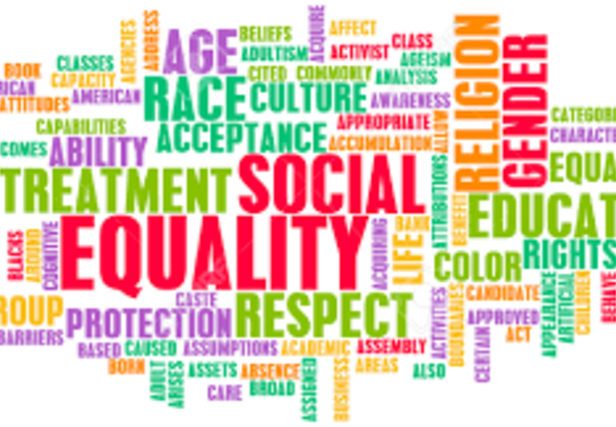
Individual Respect and Social Inequality – A Case of India’s Caste System
In the human society, the class and the self are integrated. Human beings belong to different classes depending on the region they are born, the work that do, the language that speak, the professions that they undertake, the religious systems they follow. The human society is the collections of the classes. There is a definite self that comes into play with respect to a particular class, but those definite selves are not really “selves”, but are classified and cognitive selves. The caste, as Babasaheb Ambedkar defined, is an enclosed class. Hence the study of the class that is enclosed is important to understand in the context of India’s caste system.
The classes come into being and fall apart over the period of time. The history bears a witness to this phenomenon of rise and fall in the classes, but entrenched in this classification of the “human beings” is the mode of power and “generator” of this classification. When the classes are formed on the basis of economic system, the changes in the economic system changes the patterns of classes and hence the power dynamics. The understanding of the “generator” is perhaps the single most important process to understand the formation of classes and their destruction. What is the generator of “enclosed class”? A class cannot exist in singular and hence the plurality of the classes must emerge. The emergence of the plurality of the classes depends as much on the economic factor as it does on other factors such as language, cultural history, and all that which needs for human social transactions.
The economic classes are not predefined but they arise with respect to the economic dynamics, but in case of India’s enclosed classes, they arise a priori. They are already fixed classes and the generator of these enclosed classes is the religious system. In a strange mix of religion and language, or we can say religio-linguistic paradigm the enclosed classes arise as the embodied metaphor of the body itself. As it is increasingly proved by the studies in the linguistic that the concepts of and to a great extent the way we speak are also embodied. When we are sad, we say that “we feel down” and when we are happy, we say that “we feel up”. Similarly, the words such as dark and bright are linked with our emotional world as well. The body is the right at the centre of development and evolution of language.
The caste system is embodied metaphor in which the human body is structured into classes: into hierarchical classes by equating the different classes with the different parts of the body. But every human being possesses a body and if they rank the highest part of their own body, that is the head, with highest that exists in the social system that they are asked to believe in, it causes a cognitive dissonance in their minds and natural inclination to imitate what they are told is the highest and what they feel highest in their own experience: their human head!
So the enclosed classes are one hand enclosed but they are functionally arranged so that the social hierarchy is born that generates the graded inequality. Therefore, as the ultimate treatment to destroy this classes is to destroy the body of the divided into the caste and vertical inequality. The radical change involves the change in this embodied metaphor, the destruction of the “generator” itself and that is where the new metaphor, to begin with, must replace the old anti-human metaphor: that all the human beings are equal and they are fundamentally linked with each other on a horizontal way.
It must begin with the respect towards one’s existence and self. It means acceptance at a very higher level of humanity and by that acceptance an openness to love one’s existence and self: The love that is destroyed (not by the hatred, as Jung will put it) by the power projected by the generated caste body. In other words, love is the only cure: it is not only love described as the longing towards another human being, but love as in longing towards something higher, something greater, and something bigger than the confinements of “enclosed class” imposed on the human beings by the social order cast in the castes.
That was the great genius and radical revolution of Babasaheb Ambedkar that he ushered his people to the level and heights unimagined before when he embraced Buddhism. With this radical transformation, Babasaheb Ambedkar created a tremendous force of love and a paradigm that makes people long for what is bigger, what is higher, and what is great: the possibility that exists for all human beings who would like to be free and enlightened.
Author – Mangesh Dahiwale, Human Rights Activist



+ There are no comments
Add yours